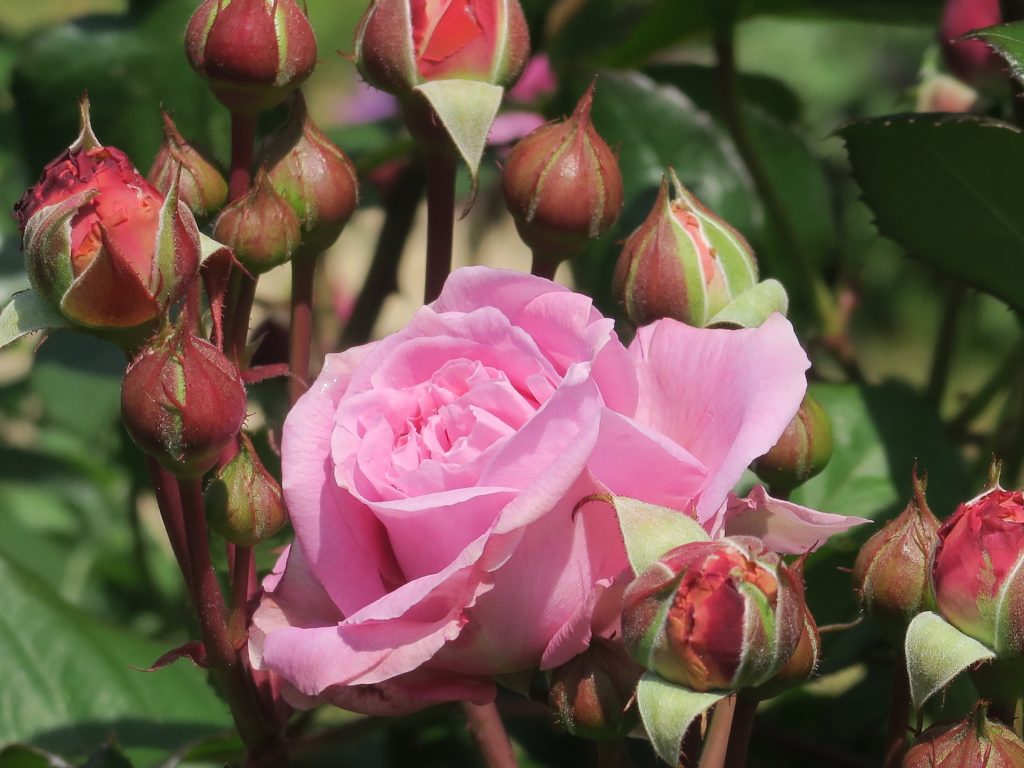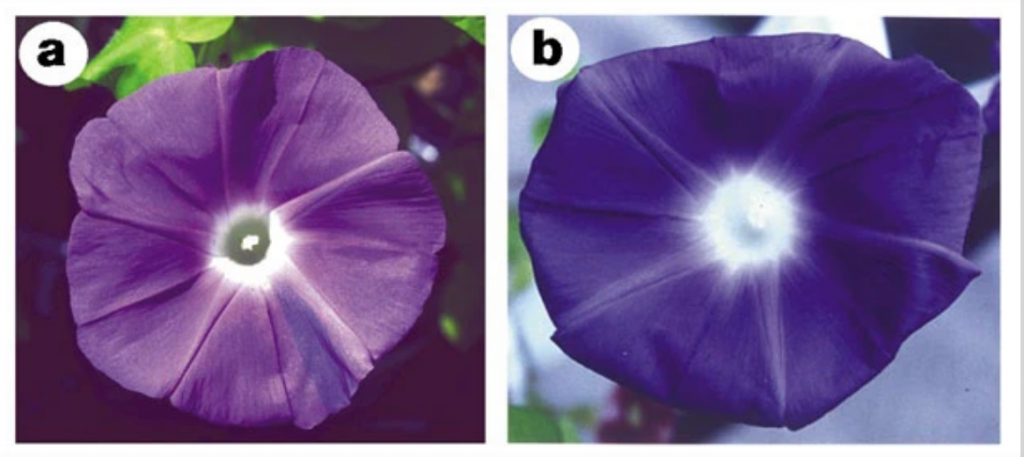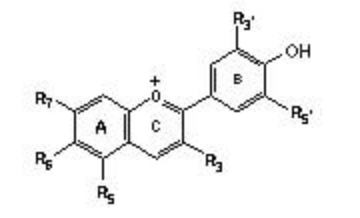
Flower color and healing
Now spring has come. Although Awaji Island does not look very busy now, because of COVID, flowers are in full bloom as always. “Flower and green festival“ has started and you can see flowers everywhere around the island.


Flowers have been a very important business in Awaji Island for the past 90 years. Production scale of Carnations is number three in all of Japan. The whole flower business in Awaji area is close to one hundred million yen per year which is ranked number 7 in the nation (National Sensus data at Hyogo Prefecture site) (https://web.pref.hyogo.lg.jp/nk12/documents/kakisinnkouhousaku.pdf). Half of the business is based on cut flowers. Next to Carnations is Chrysanthemums. Since these flowers are produced inside of greenhouses, you may not be able to easily see them. But Calendula, another popular flower in spring in Awaji, are planted outside and make orange color beds.

Here let’s take a look at flower colors from a scientific perspective. Flowers are a plant organ provided for reproduction by which pollen are introduced to eggs with a help of insects. Originally plants did not have flowers as shown for pteridophyte in the dinosaur time. Pteridophytes grow near water and produce spores from which eggs and pollen are born. Eggs and pollen are dropped into water and join together there to produce daughter cells. After organisms moved to land during evolution, they needed other process to complete the docking of pollen and eggs. During this process flowers have been evolved from leaves by taking several intermediate steps (Prof. Tsukatani, Tokyo Univ. Sch. Sci., https://www.chuko.co.jp/shinsho/portal/101812.html)).

As it is well known that flower blooming needs appropriate timing and temperature for it. It also needs a special peptide hormone named florigen. This hormone predicted in 1936 by a Russian scientist but it was not identified as a real material for a long time. 70 years later it was identified based on gene analysis of rice (Prof. S. Tanaki et al. Kyoto Univ., (Tamaki, S., Matsuo, S., et al.: Hd3a protein is a mobile flowering signal in rice. Science, 316, 1033-1036 (2007))) and Arabidopsis mutants in which flowers are missing. This hormone is produced in leaves depending on temperature and light, and then moves to the plant tip to produce a flower. Simply saying, now we can control the timing of flower blooming as we want based on artificial expression of florigen by using biotechnological approach (Tsuji, et al., http://leading.lifesciencedb.jp/2-e004).
Another issue in terms of flowers is how color is produced. A major determinant of flower color is Anthocyanins (shown in Fig.). This structurally complicated molecule binds sugars. Depending on bound forms of sugars and/or hydroxide, emerging colors are from red to blue. Introducing sugars to Anthocyanin needs specific enzymes. In case of roses, they do not have blue flowers originally because they miss Delphynizin, a blue color material of a flower. To produce Delphynizin, an enzyme to introduce hydroxide into Anthocyanin is needed which is lost in roses but in violet. Dr. Yoshikazu Tanaka, Research Institute of Applied Biology, Suntory Co. has been successful to introduce this enzyme’s gene from a violet cell into rose cells and obtained a new blue rose, named “Applause” which is now commercially available (Y. Tanaka, Breeding blue roses and Biotechnology, Suntory Co.).

On the earth we can see more than three hundred thousand independent flowers. Colors of each flower are different which means so many different types of flower colors exist. How are such diverse color types created? Drs. K. Yoshida and T. Kondo, Sugiyama University in Nagoya explain a molecular mechanism in creating diverse colors (K. Yoshida and T. Kondo, (1995) Chemistry and Biology, 33, p91, in Japanese). According to their research results, Anthocyanin accumulates and depending on accumulated forms emerging colors become different. This accumulation depends on environmental pH surrounding Anthocyanin. Anthocyanin exists in chromophore vesicles inside of petal cells. Inside pH of chromophore is regulated by several independent ion-transporting proteins integrated in the chromophore membranes. Acidic to neutral pH in the chromophore make purple color while alkaline pH makes blue color. Japanese flower “morning glory” shows beautiful deep blue while a mutant flower shows purple color as shown in Fig. Drs S.Fukada-Tanaka and S.Iida, Japanese Basic Biology Institute at Okazaki, reported that this color change is caused by a recessive mutation in gene coding a Na+/H+ exchanger protein of morning glory which function causes pH change in the chromophore ((Color enhancing protein in blue petals, S. Fukada-Tanaka, S. Iida, et al. Nature 407, 581 (2000)).


When you see color regarding living organisms, you might imagine our skin color. Now let’s see a latest knowledge regarding a molecular mechanism of determination of skin color. As we know well, skin color depends on melanin which is stored in chromophore of our skin cells. pH environment of this skin chromophore is shown to be important for melanin accumulation in the skin cells based on research using zebra fish. Zebra fish has impressive black stripes in their skin. This black stripe is based on accumulation of chromophores with inside melanin. A mutant zebra fish without the black stripes is found and popular for people who enjoy tropical fishes. A reason of this mutation was identified as missing a gene coding Ca2+ transport protein integrated in the chromophore. By a loss of this protein function chromophore formation itself was affected, i.e., chromophore number decreased. This protein is involved in determination of pH inside of chromophore. Therefore, inside pH of chromophore is crucial for chromophore formation itself. A similar protein of Ca2+ transport protein exists in human body as well ((SLC24A5, a putative cation exchanger, affects pigmentation in zebrafish and humans, Rebecca L. Lamasonet al. Science 310, p5755, (2005)). Now we know about a mechanism of flower color determination. How about which color do you like and why? Unfortunately, it is not well understood which colors heal you mentally, blue, green or other.
Let’s go back to Awaji island flower production. Flower production scale is number 7 in Japan, here in Awaji. But production scale is decreasing year by year, because of aging farmers working on flower production. We hope that more young people will try flower production and keep the flower history alive in Awaji Island.
